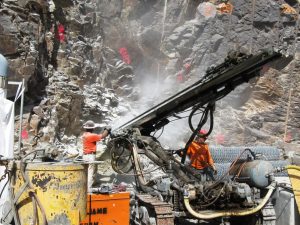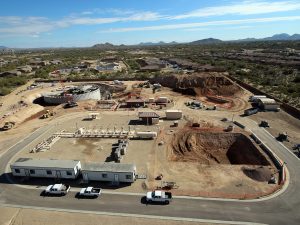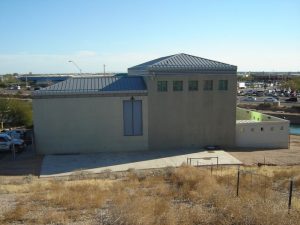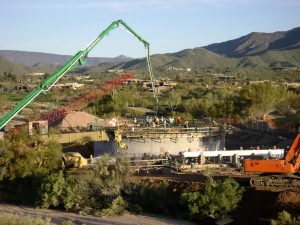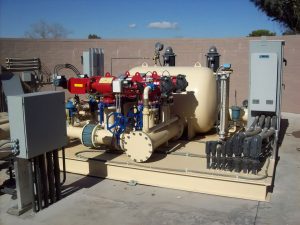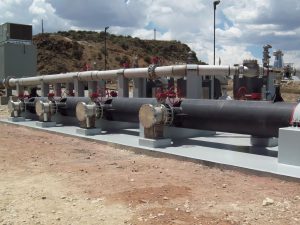Booster Pump Stations
Water booster pump stations increase the water pressure through the city pipeline in order to move water to higher elevation or increase the PSI (pounds per square inch) in a home. Water leaves the pipes and flows into the pump through the Inlet. There is an impeller inside the pump that functions to push the water through. A motor runs the impellers to keep them always spinning. Water is then pushed and exits through the outlet going back into the pipelines.
An easy way to tell if you are at the end of the waterline is from the water pressure in your home. The city places booster pump stations in specified areas. Before the water gets to the next Pump Station, the PSI drops below 40. This is low compared to the average house with around 60 PSI. The next pump station increases the PSI for the following houses. The local water plant can cause low PSI as well. If the plant is outdated and needs maintenance, that can cause water pressure in an area to drop. Ensure your city is keeping up to date on all water facilities.
Families can own private booster pump stations in order to increase the PSI in their own home. Buildings, like skyscrapers or multi-story homes above a tank reservoir, need their own pump station in order to force the water to travel upwards. It is not uncommon for gated communities or private neighborhoods to have their own pump station for the residences.

